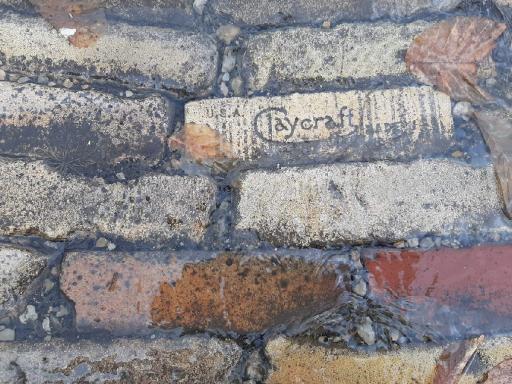information- false nut/reverse capo for mountain dulcimer.MOV

musician/member name:
Duration: 00:04:28
description:
Duration: 00:04:28
description:
This is a little demonstration about using a false nut/reverse capo on a mountain dulcimer.-first re-tuning using the false nut is from the key of D (DAA) to the key of A (EAA).-second re-tuning using the false nut is from Bagpipe tuning (Ddd) to the key of Eminor (Eed).



Danny, I hope this little movie is of some benefit! Please see Robin Clark's comments in this thread for more information; he knows much more than I do about using a false nut/reverse capo.
Yup, Ross, I love those quick tuning changes, too!
I just now experimented with a kitchen matchstick ... chopstick might be more to the point, but matchstick works too. Yay for quick tuning changes!
Barbara, I'll think on it and see about getting a video made in the not-too-distant future.
Hope it was of help, gals!
Kim, if our dog were a pig, she'd change gender and be Wilbur.
Barbara, would you want me to demonstrate bowing a mountain dulcimer or a bowed dulcimer? Either way, are there specific questions you have I could address?
Glad it was informative, Garey & Stephanie!
Robin C's listing of tunings and placement of the false nut is invaluable; re-tuning the bass string at frets 3 & 4 with a false nut is the only way to go for raising the string tones that far.
Many, many thanks for jumping in here, Robin C-- I was hoping you would because you use a false nut more extensively than do I. For re-tuning 'on the fly', it's hard to top using a false nut.
PS-I averted a crash at one of the weddings (mentioned in my previous comment). We arrived at the church very early to run through all our music (I played bowed dulcimer also). The last tune I rehearsed on mountain dulcimer before putting it on the stand was Whiskey Before Breakfast -- a key of D tune. During the ceremony, I looked over at my mountain dulcimer and realized I did not have my false nut on my dulcimer for Hangman's Reel -- a key of A tune-- that was to be the first of the two fiddle tunes we were going to play. I slid the false nut in quietly, unobtrusively.


Hey that's great Robin - A really clear explanation
There are a couple of more tunings I can think of where I use a false nut.
DAd - lifted to E,A,d with a false nut at fret 1. To give A minor root at fret 4. And also A major (mixolidian) root at fret 4 on dulcimers with a 6+
d,d,d,d Galax - lifted to e,e,d,d with a false nut at fret 1. Same as above to give A minor root at fret 4. And also A major (mixolidian) root at fret 4 on dulcimers with a 6+
D,G,d - lifted to G,G,d with a false nut at fret 3. Key of G ionian tuning with the root at the 3rd fret.
D,d,d - lifted to G,d,d with a false nut at fret 3. A spritely key of G ionian tuning with the root at the 3rd fret.
Thanks, friends! Hope the information is of help.
Bobby, this is deep as I go with using the false nut. From tuning between the keys of D & A it is so handy, though. We played "Hangman's Reel"-- a tune in the key of A-- for the recessional at 2 weddings last year. (No kidding. Everybody enjoyed it-- the parties had fun going back down the church aisle to hootenanny music.) At one of the weddings, we played the reel through a few times and then switched to "Whiskey Before Breakfast"-- a key of D tune. (Again, no kidding. And the names of these tunes were not in the wedding programs. lol) It was so handy to move from A to D with the false nut!
I'm hoping others who use a false nut will chime-in with some tips!
PS-John, don't be fooled by my dog. She taught me everything I know about using a false nut! lol
Simple enough even for thickies like me to understand. Thanks Robin! (not sure the dog did tho'?)JohnH
Thanks for sharing, very informative